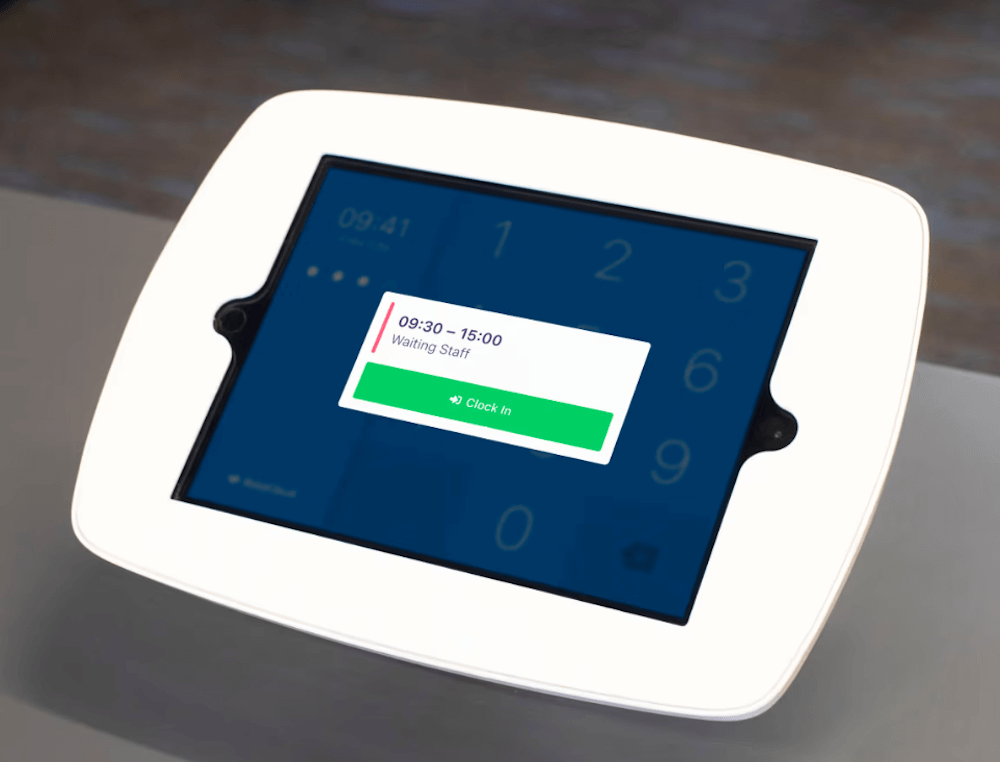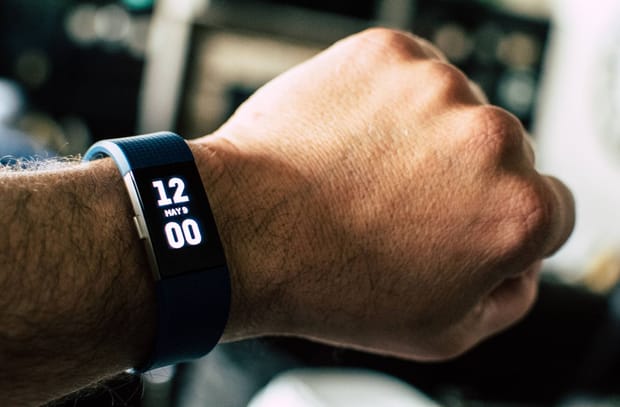No manager would tolerate staff helping themselves to cash from the till or abusing the business' expenses policy for their own gains.
Yet, at some businesses, a different type of "theft" occurs surprisingly often: time theft.
Also known as timesheet fraud, time theft might not seem all that big a deal on the surface. But when it starts to add up, it can have a crippling effect on your business.
Join us as we investigate the impact of this practice and discuss the best ways for managers and business owners to tackle it.
The problem
We don't want to demonise employees here. If you've ever worked in a role that required you to fill out a timesheet, there's every chance that you've rounded up a few numbers here and there.
Nevertheless, time theft is a serious matter, and it can have a devastating effect on businesses if left unchecked.
Time theft is most common in businesses where employees self-report their hours — usually by filling in paper timesheets or swiping timecards (which can lead to instances of so-called "buddy-punching") — adding on a few minutes here and there either in error or to give the impression they've worked longer than they did and receive more pay.
Where time theft occurs, some staff might also take longer breaks without recording them accurately on the timesheet. In more severe cases, they'll even leave work completely for hours at a time, turning up later just to clock out — or ask someone to clock out on their behalf.
How much is timesheet fraud costing my business?
It's not clear how much time gets "stolen" by the average employee every day, week, or year. One study that's commonly cited across the internet claims 4.5 hours per week is the figure, but we couldn't find any trace of the study during our research.
Given that this data is most likely self-reported, it probably isn't accurate!
Instead, let's create a very rough estimate for a business with (mostly) honest employees who round up their hours a little each day.
For example, Adam gets to work and clocks in at 8.55, but he spends some time chatting to his colleagues and isn't ready to work until 8.59. At the end of the day, he clocks out at 17.20, but hasn't really done any work since 17.10.
That's 14 minutes of unproductive time each day. It might not seem like much, but if we multiply that across five shifts a week, it becomes 70 minutes a week, or about 42 hours a year.
If Adam gets paid £10 per hour, then you're paying him an additional £420 a year for doing no work whatsoever.
Multiply this by the number of employees you have, and you'll soon realise that even this seemingly insignificant level of time theft can be costly.
What if employees seem to be taking advantage of the timesheet system?
An extra five minutes here and there may not be malicious, but on some occasions you may have reason to believe that some staff are deliberately padding their timesheets by a significant amount on a regular basis, and perhaps teaming up with colleagues to get their stories straight.
At this stage, this is as much a disciplinary issue as a problem with your processes. While new clocking-in/out processes can prevent staff from taking advantage of the company in this way, they won't change the mindset of the culpable employees. Instead, their disengagement will manifest in other ways.
Are there any other problems with inaccurate timesheets?
If you're not too worried about the monetary costs involved in inaccurate timesheets, there are still other issues that could arise from errors in timesheets.
First, keeping accurate records of time worked by each employee and role can be extremely helpful for project management and future labour planning, as well as budgeting.
Secondly, accurate timesheets are important when it comes to complying with various employment regulations — and if you need to investigate any incidents, it's important that you know for sure who was working at the time.
You also need to check that staff aren't exceeding the hours set out in the European Working Time Directive (unless they've opted out, of course).

Fast, secure clocking in for staff
RotaCloud lets your staff tap in and out of their shifts fast, with time records automatically stored online and instances of lateness or overtime flagged for your approval.
How to prevent time theft
Ultimately, the solution will depend on your problem.
Are you trying to minimise mistakes, or stop employees from taking advantage of your current system?
Whatever the issues you're facing, it'll probably require several new policies or tools to fix them.
Policies
- Get tougher on timesheet submission. If employees have to manually submit timesheets, set a stricter deadline on when they need to be submitted. This will encourage employees to record times promptly, instead of generously guessing their working hours from multiple days gone by.
- Review rota plans (and workload). Sometimes, employees may ask a colleague to clock in on their behalf and come into work later simply because there won't be any work to do until later. If this is the case at your business, speak to your staff and review your rota templates. Move shifts around so that there's less coverage at the start of the day, or whenever it's quieter. For example, if two staff do 9-5, shorten one of the shifts to 10-5 or push it to 10-6.
- Allow more flexible working. Staff may lie on their timesheet to hide tardiness caused by transport problems or other unavoidable issues. If you want them to be more honest, allowing flexibility in terms of start and finish times is wise. This will require a cultural change as well as a policy change — make sure all managers are onboard.
Tech
- Switch to digital time clocking. Even a simple PIN or swipe card system is more difficult to game than a paper timesheet. Times are automatically recorded when the employee clocks in at a terminal or their workstation — so timesheets are accurate down to the minute.
- Implement photo-taking at clock-in. Clocking in solutions like RotaCloud give managers the option to enable photo-taking when staff clock in/out of their shifts — a useful deterrent if you're concerned about staff clocking in for one another.
- Implement mobile clock-ins. Some time and attendance software allows for staff to clock in and out through their mobile phones. Clock ins can be restricted by location, so that you know your staff are on-site — no clocking in while staff are still outside or on the bus!
- Implement biometric clocking-in. If employees are still exploiting your system, be even tougher by requiring fingerprint or iris scans on clock in. This will require specialist hardware, however, and you'll need to look into data protection rules because biometric data has extra protections under the GDPR.
The Critical Point
Whatever solution(s) you adopt, they won't work out if you don't have buy-in from all your senior staff. To gain this, everyone needs an understanding of the current problems and how the fixes aim to resolve them.
Without this agreement across the board, it only takes one senior manager to cause the new system to fall apart. They might tell their staff not to use your new clocking in terminal, or continue to be relaxed about timesheet submission. If you can't rely on your new policies or tech being applied consistently, you might as well not use them at all.
Summary
Time theft is not an insignificant issue for small businesses, inflating wage bills far beyond what they should be.
Fundamentally, the cause of the problem should be addressed first as it's likely that other areas of your business will be affected if time theft is already occurring. Newer technologies and a move away from paper timesheets can significantly reduce instances of time theft, however — as well as reduce admin for managers.
One potential solution is RotaCloud's Time and Attendance add-on. With automated timesheets, mobile clock-ins, attendance alerts, secure PIN entry and optional photo-taking, our app gives you all the tools you need to track time worked against scheduled shifts, without having to worry about time theft.







